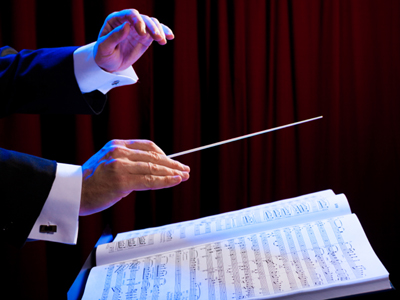
Ten Pieces - In the Hall of the Mountain King
To complement the BBC Ten Pieces, we have a KS2 Music quiz all about Grieg’s In The Hall Of The Mountain King which is an ear-catching orchestral classic.
The piece was written for a scene in the play Peer Gynt. Its Norwegian title is Dovregubbens hall. In the play, Dovregubben is a troll king that Peer Gynt invents in a fantasy, so its English translation is not quite literal!
It has been used extensively in music, television, film and even video games, including the theme music in adverts for Alton Towers.
See how much do you know about In The Hall Of The Mountain King and its context.
Ready for more?
not all...
quizzers. Try to win a coveted spot on our Hall of Fame Page.







